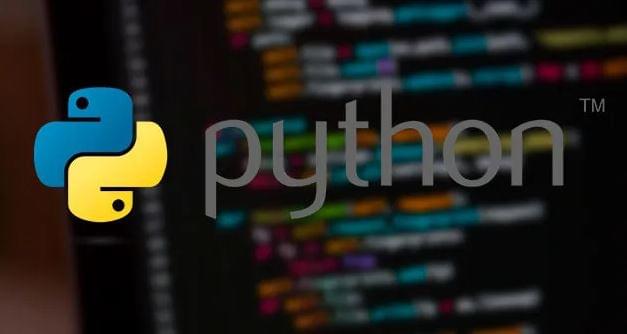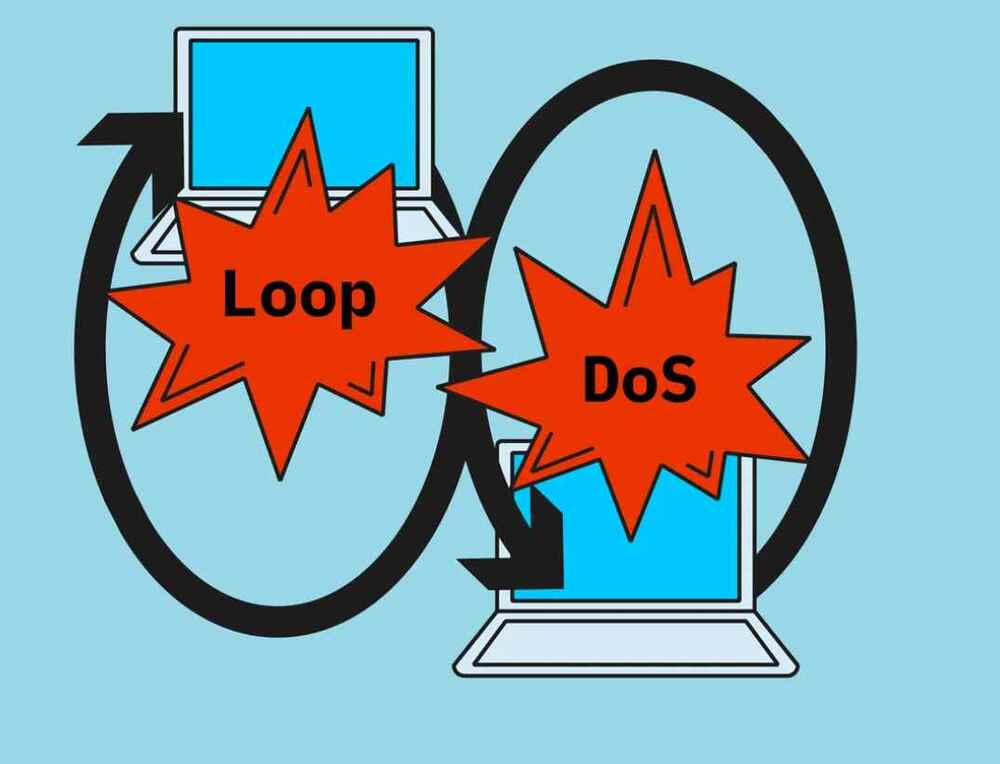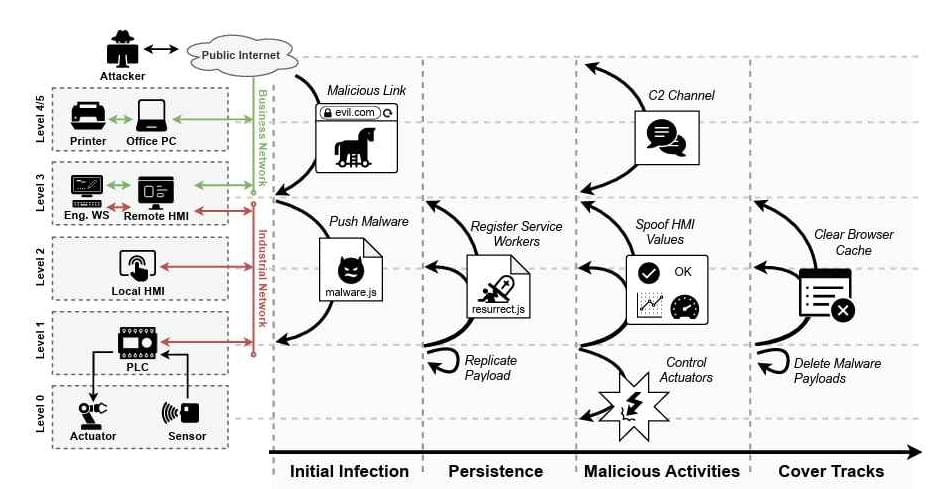Neuromorphic chips could reduce energy bills for AI developers as well as emit useful cybersecurity signals in the future of computing.
Category: cybercrime/malcode – Page 92


$700 cybercrime software turns Raspberry Pi into an evasive fraud tool
Cybercriminals are selling custom Raspberry Pi software called ‘GEOBOX’ on Telegram, which allows inexperienced hackers to convert the mini-computers into anonymous cyberattack tools.
GEOBOX is sold on Telegram channels for a subscription of $80 per month or $700 for a lifetime license, payable in cryptocurrency.
Analysts at Resecurity discovered the tool during an investigation into a high-profile banking theft impacting a Fortune 100 company.

Predicting and Controlling Bad Actor Artificial Intelligence
This article includes computer-generated images that map internet communities by topic, without specifically naming each one. The research was funded by the US government, which is anticipating massive interference in the 2024 elections by “bad actors” using relatively simple AI chat-bots.
In an era of super-accelerated technological advancement, the specter of malevolent artificial intelligence (AI) looms large. While AI holds promise for transforming industries and enhancing human life, the potential for abuse poses significant societal risks. Threats include avalanches of misinformation, deepfake videos, voice mimicry, sophisticated phishing scams, inflammatory ethnic and religious rhetoric, and autonomous weapons that make life-and-death decisions without human intervention.
During this election year in the United States, some are worried that bad actor AI will sway the outcomes of hotly contested races. We spoke with Neil Johnson, a professor of physics at George Washington University, about his research that maps out where AI threats originate and how to help keep ourselves safe.
Waking the Mysteries of Sleep
#science Where do our dreams come from, why do we have them, and what do they mean? Can we harness them to foster creativity, solve problems, and prepare for the future? What’s happening in the brains of so-called lucid dreamers, and can new developments in this cutting-edge field of research help us unlock the mystery of consciousness itself? Researchers Deirdre Barrett, Ken Paller, and Antonio Zadra join Brian Greene for a discussion about the mystery and power of dreams and where our minds go after midnight. This program is part of the Big Ideas series, supported by the John Templeton Foundation. Footage of the Ken Paller dream study from NOVA Online: Dream Hacking, https://www.pbs.org/wgbh/nova/video/d… ©2021 WGBH Educational Foundation. Participants: Deirdre Barrett, Psychologist Ken Paller, Neuroscientist Antonio Zadra, Psychologist Brian Greene – moderator Official Site: https://www.worldsciencefestival.com/ Twitter: / worldscifest Facebook:
/ worldsciencefestival Instagram:
/ worldscifest #Science #WorldScienceFestival




